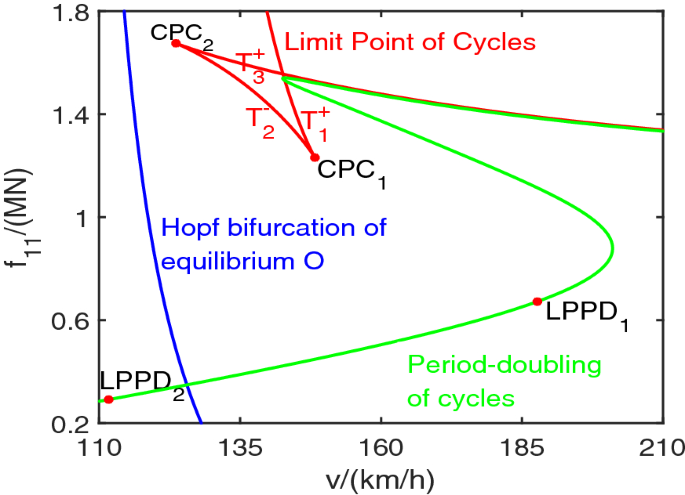
If the Polyline is closed, we have a Polygon. Editing any of these point locations will change the shape of the Polyline. Here we have a straightforward representation of what a Control Point is. When we connect two Lines together, we have a Polyline. The shape of the Line AB will be drawn between the points but mathematically it extends infinitely in both directions. There are a few different ways to create Lines, the most intuitive being from Point A to Point B. They may not look curvy but they are in fact Curves - just without any curvature. For example, planarity is a global property while a tangent vector at a given t value is a local property. When the distance between the start and end points is zero, the curve is "closed." Also, every curve has a number of control-points, if all these points are located in the same plane, the curve is "planar." Some properties apply to the curve as a whole, while others only apply to specific points along the curve. It's important to note that Dynamo assumes that the domain of "t" values for a Curve is understood to be 0.0 to 1.0.Īll Curves also possess a number of properties or characteristics which can be used to describe or analyze them. This also helps us understand its directionality. Furthermore, regardless of the look of the shape, all Curves also have a start point and end point, which coincidentally align with the minimum and maximum t values used to create the Curve. No matter what kind of Curve we are working with, this Parameter called "t" is a property we can evaluate. More technically, a Curve describes every possible Point that can be found by inputting "t" into a collection of functions, which may range from the simple ( x = -1.26*t, y = t) to functions involving calculus. Capital "C" Curve is the parent categorization for all of those shape types - Lines, Circles, Splines, etc.

The term Curve is generally a catch-all for all different sort of curved (even if straight) shapes.

Surfaces: Interpolated, Control Points, Loft, RevolveĬurves are the first Geometric Data Type we've covered that have a more familiar set of shape descriptive properties - How curvey or straight? How long or short? And remember that Points are still our building blocks for defining anything from a line to a spline and all the Curve types in between.

Translation, Rotation, and Other Transformations


 0 kommentar(er)
0 kommentar(er)
